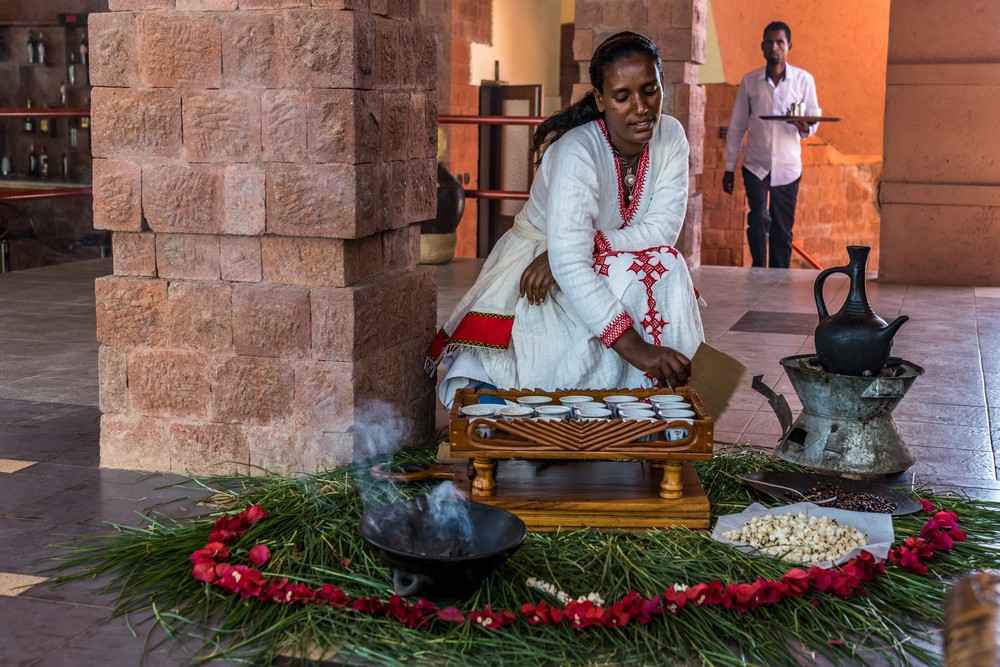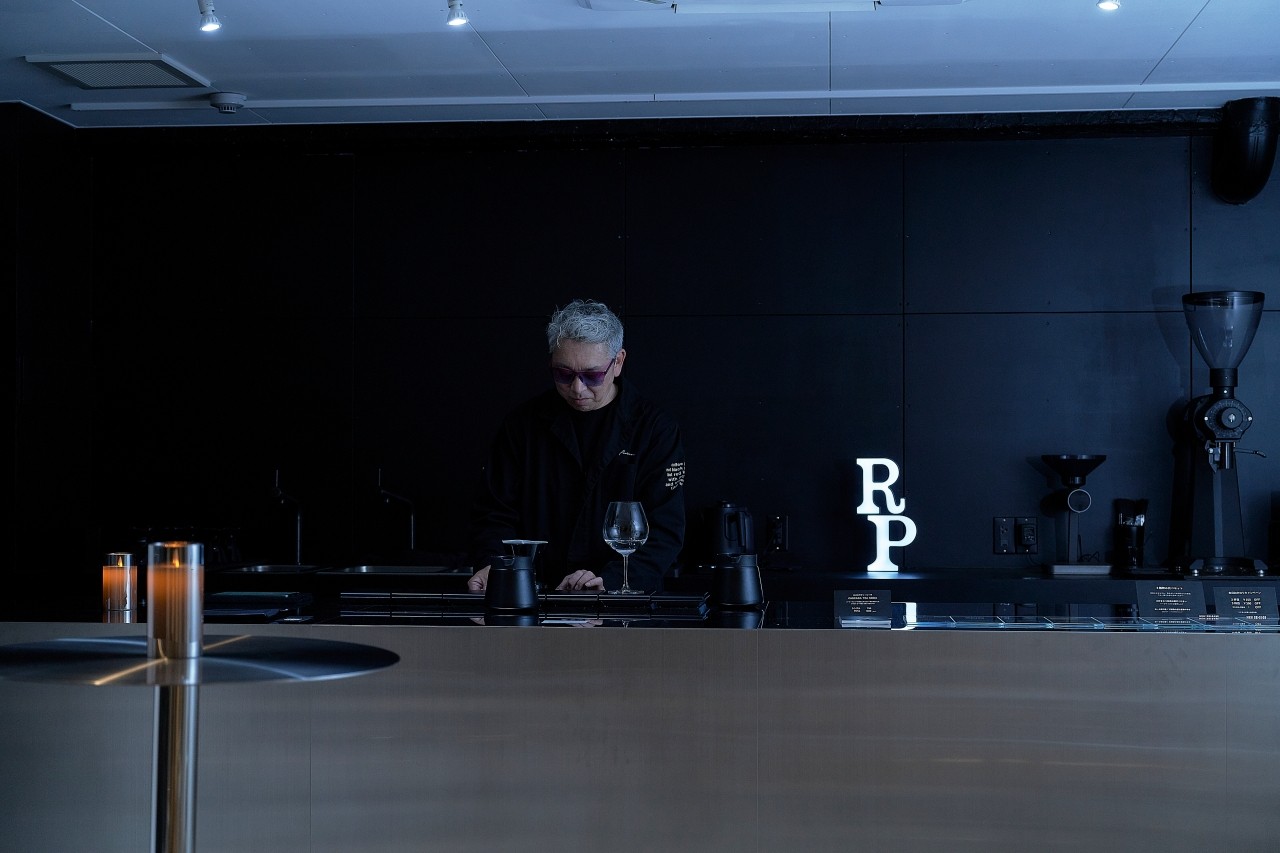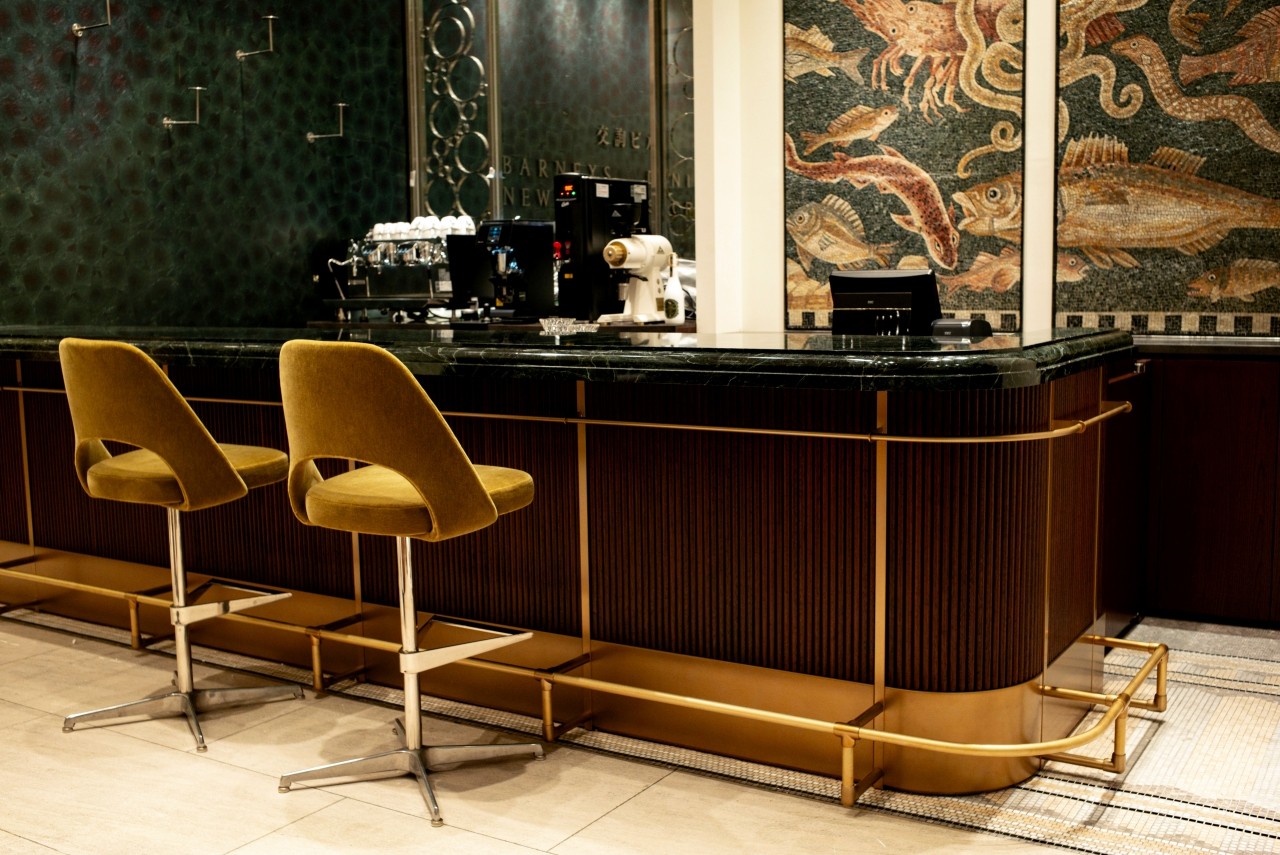The birthplace of Arabica coffee! The secret of the Ethiopian species
 Sidama, a famous Ethiopian region
Sidama, a famous Ethiopian region Southwestern Ethiopia, on the African continent, is said to be the birthplace of coffee.
The coffee referred to here is the arabica species of the coffee plant.
The 125 species of coffee trees are native to Africa, Madagascar, and Oceania, but are believed to have originally originated in Central Africa.
Southwestern Ethiopia is said to be the native region of one of these varieties, Arabica, which has been used as coffee since ancient times.
By the way, the other species used for coffee, Canephora canephora (Robusta), is native to Central Africa.
Currently, genetic research suggests that Arabica was the result of a cross between ancestors of two species, Canephora and Eugenioides.
The area around Lake Albert, on the border between the Democratic Republic of the Congo and Uganda, is where the habitats of both species are close to each other, and it is said that the Arabica species (or its ancestors) originated here and then spread to southwestern Ethiopia, surviving the ice age in the forests there (see Yukihiro Tanbe, " Manabu : The Coffee Family").
The coffee referred to here is the arabica species of the coffee plant.
The 125 species of coffee trees are native to Africa, Madagascar, and Oceania, but are believed to have originally originated in Central Africa.
Southwestern Ethiopia is said to be the native region of one of these varieties, Arabica, which has been used as coffee since ancient times.
By the way, the other species used for coffee, Canephora canephora (Robusta), is native to Central Africa.
Currently, genetic research suggests that Arabica was the result of a cross between ancestors of two species, Canephora and Eugenioides.
The area around Lake Albert, on the border between the Democratic Republic of the Congo and Uganda, is where the habitats of both species are close to each other, and it is said that the Arabica species (or its ancestors) originated here and then spread to southwestern Ethiopia, surviving the ice age in the forests there (see Yukihiro Tanbe, " Manabu : The Coffee Family").
The beginning of coffee use
It is unclear how humans first began using Arabica coffee, including when they first encountered it.
One of the most common legends about the discovery of coffee is the story of the goatherd Kaldi, but of course it is just folklore, and in books from the 1600s the story is said to have taken place somewhere in the Middle East rather than Ethiopia, and the name "Kaldi" is not even mentioned.
Leaving aside the legends, it was the numerous minority tribes in southwestern Ethiopia who actually began to use coffee.
There are various ways to use it in this area, and each tribe has their own way of using it, such as drinking the leaves and beans, using them as medicine, or eating the fruit. It is also often used in ceremonies.
It is believed that the stimulant effect of caffeine is responsible for these various uses.
By the way, the "coffee ceremony" is known as a way of enjoying coffee that is unique to Ethiopia. Similar to the Japanese tea ceremony, the ceremony involves preparing a room and serving coffee to guests, but this is not an ancient tradition and is thought to have come into existence relatively recently.
One of the most common legends about the discovery of coffee is the story of the goatherd Kaldi, but of course it is just folklore, and in books from the 1600s the story is said to have taken place somewhere in the Middle East rather than Ethiopia, and the name "Kaldi" is not even mentioned.
Leaving aside the legends, it was the numerous minority tribes in southwestern Ethiopia who actually began to use coffee.
There are various ways to use it in this area, and each tribe has their own way of using it, such as drinking the leaves and beans, using them as medicine, or eating the fruit. It is also often used in ceremonies.
It is believed that the stimulant effect of caffeine is responsible for these various uses.
By the way, the "coffee ceremony" is known as a way of enjoying coffee that is unique to Ethiopia. Similar to the Japanese tea ceremony, the ceremony involves preparing a room and serving coffee to guests, but this is not an ancient tradition and is thought to have come into existence relatively recently.
 "Coffee ceremony" held in Ethiopia. The coffee utensils used in the Arab world are heavily influenced by this ceremony.
"Coffee ceremony" held in Ethiopia. The coffee utensils used in the Arab world are heavily influenced by this ceremony.Ethiopia to Yemen
It is said that the turning point for coffee, which was grown in southwestern Ethiopia, to spread to other places was when it was introduced to Yemen on the Arabian Peninsula across the Red Sea.
In Yemen, coffee began to be used for drinking in the 15th century, and eventually it began to be cultivated by humans.
The coffee drinking habit developed over a long period of time in the Arab world, and eventually spread to Europe in the 17th century. Coffee began to be consumed in Western Europe, and was also cultivated in various places.
Even so, Yemeni and Ethiopian coffee shipped from the port of Mocha in Yemen has long maintained its position as the finest brand.
Ethiopian coffee is called Mocha (Ethiopian Mocha) because for a long time Ethiopian coffee was shipped from the port of Mocha in Yemen.
Even after the port of Mocha was no longer in operation, coffee shipped from the region continued to be called Mocha.
In Yemen, coffee began to be used for drinking in the 15th century, and eventually it began to be cultivated by humans.
The coffee drinking habit developed over a long period of time in the Arab world, and eventually spread to Europe in the 17th century. Coffee began to be consumed in Western Europe, and was also cultivated in various places.
Even so, Yemeni and Ethiopian coffee shipped from the port of Mocha in Yemen has long maintained its position as the finest brand.
Ethiopian coffee is called Mocha (Ethiopian Mocha) because for a long time Ethiopian coffee was shipped from the port of Mocha in Yemen.
Even after the port of Mocha was no longer in operation, coffee shipped from the region continued to be called Mocha.
Diversity in Ethiopian coffee
 Drying coffee cherries in Sidama region
Drying coffee cherries in Sidama region Ethiopia has a long history of coffee.
The reason Ethiopia is now attracting attention as a coffee producing region is not just because it produces large quantities of high-quality coffee.
Due to the historical circumstances described above, there are many Arabica varieties with widely differing genetic characteristics.
There are no systematic cultivars, but rather a wide variety of Arabica species with different characteristics that are cultivated or grow wild or semi-wild.
These are collectively called the "Ethiopian species" or "Heirroom." Some say there are more than 10,000 species, but they are a group rich in genetic diversity, so there is little point in classifying them into varieties.
Born from this unique historical background, Ethiopian coffee is not only loved by many people for its unique floral, black tea-like flavor, but it can also be said to be a coffee with a lot of unknown potential.
The reason Ethiopia is now attracting attention as a coffee producing region is not just because it produces large quantities of high-quality coffee.
Due to the historical circumstances described above, there are many Arabica varieties with widely differing genetic characteristics.
There are no systematic cultivars, but rather a wide variety of Arabica species with different characteristics that are cultivated or grow wild or semi-wild.
These are collectively called the "Ethiopian species" or "Heirroom." Some say there are more than 10,000 species, but they are a group rich in genetic diversity, so there is little point in classifying them into varieties.
Born from this unique historical background, Ethiopian coffee is not only loved by many people for its unique floral, black tea-like flavor, but it can also be said to be a coffee with a lot of unknown potential.
Why not try Ethiopian coffee by asking your favorite roaster at CROWD ROASTER to roast it for you?
If you want to enjoy coffee more deeply
" CROWD ROASTER APP"
Manabu at CROWD ROASTER LOUNGE
・Push notifications for article updates・Full of original articles exclusive to CROWD ROASTER
・Direct links to detailed information about green beans and roasters
App-only features
- Choose green beans and roasters to create and participate in roasting events・CROWD ROASTER SHOP: Everything from beans to equipment is readily available
・GPS-linked coffee map function
















